
Above: Assembling news is often the business of piecing together accounts from multiple bits of information. Illustration by davincidig/DepositPhotos.
BitDepth#1416 for July 24, 2023
Last month, Media InSite hosted a seminar on the use of artificial intelligence (AI) in communications.
Working to appear useful on a panel discussing the rapid incursion of AI generated text and images into communication, I spent quite a bit of time thinking about how journalists might navigate this nexus of rapid evolution.
Such ruminations are sometimes helped by considering the changes of the past.
Here’s something you may not know.
For several years, I was a newspaper delivery boy, developing something of a craft at the folding and throwing of newspapers so that they landed where a reader might find them without also destroying their plant pots.
I delivered for both the Express and Guardian in an era in which there were fewer radio stations than you have fingers on a single hand, one afternoon paper and a single television station. No internet. No cellular phones. No email.
The transmission of news was once a small information fireplace around which the nation sat, and there was a remarkable confluence of perspective in these sources.
The paper arrived in the morning, the radio offered newsbreaks during the day and the television news show Panorama on TTT offered a summary of the day’s high-profile events, sometimes with moving pictures!
Today’s media operates some distance from that era of homogenous news.
Fuelled by technology, the Web 3 ubiquity of publication and posting, the source of news has fractured into a quarrelsome flood of comment and talk back that isn’t helped by the ease with which fact and falsehood blend into this flood of information.
Consensus on what happened yesterday has largely collapsed.
In this turbulence of fact and alternative fact, the job of journalism remains the same, cleaving truth from falsehood while presenting the best possible, most thoroughly fact-checked account of reality.
The rise in popularity of OpenAI’s ChatGPT was only the first salvo in this modern assault on authorship. Adobe recently introduced a new version of its Photoshop image editing software that includes Generative AI, making it possible for users to not just alter reality, but with some deft text prompting, create it out whole of the digital aether.
It’s notable that the company introduced this innovation on the heels of its Content Authenticity Initiative (CAI), a project that hopes to embed information into digital files that indicates the alterations done to them.

Content Authenticity is an effort at creating an open specification for incorporating alterations into file metadata information, but universal adoption is more elusive today than it was decades ago when EXIF and IPTC image metadata became part of digital file transfer.
With robots creating plausible sounding text and anyone able to spin fake photos out of digital straw, reader trust in the authorship of the text that they read and the photos that they view is in danger of further erosion.
For that reason, the word that I believe will have the most impact on the practice of journalism in the coming years will not be AI, but provenance.
It will become increasingly important for media houses generally and journalists specifically to embrace greater transparency in the production of news.
The mechanics of reporting are not a secret sauce since the tools of production became available to anyone with the inclination to publish or broadcast.
The trustworthy journalism of the future will not gain authority by a presumption of professional superiority, but through a greater commitment to transparency in operations, process and production with the audience that media practitioners hope to engage and retain.
It’s the difference between a declaration from a podium and a casual, explanatory conversation.
In a paper, Transparency in Journalism (link to PDF), delivered at The Future of Journalism Conference in Barcelona in 2009, Klaus Meier noted that, “One advantage of transparency is that the public gains a better understanding of the news machinery and that newsrooms are more aware of their responsibility to the public if they work openly, both of which are an improvement in media ethics.”
“But at the centre of the reasons for the demand for transparent journalism is the concern for the survival of journalism, because journalism is under threat from a crisis of credibility and a changed role in the digital age.”
Meier’s paper is not the only one considering this, but it’s one of the few that is available outside of a research paywall.
Transparency in the reporting process is a tall order for a practice that has traditionally claimed equanimity as its primary defence, even in the face of increasingly pointed questioning of perceived agendas and biases.
Increasingly, journalists will be called to account by our own benchmarks, the six W’s that have guided its practice for decades, who, what, when, where, why and how.
It’s easy for an editor to trash a nuisance letter or for a broadcast or to cut off a ranting caller, but dealing with a continuous flood of problematic comments requires time and effort.
The reluctance of local media houses to face the possibility of cross-examination is exemplified in an almost complete diffidence to the possibilities of interaction represented by online commentary sections.
Online comments sections are a source of extensive trolling, distracting flame wars and unwarranted obscenity.
It’s easy for an editor to trash a nuisance letter or for a broadcast or to cut off a ranting caller, but dealing with a continuous flood of problematic comments requires time and effort.
Where comments sections are actually moderated, far too often the responses are arch and condescending instead of thoughtful and engaging.
The role of a public editor, an in-house ombudsman for the audience was never engaged in Trinidad and Tobago, but every journalist must be ready to act in the role to ground the profession.
Moving from product journalism to process journalism is not an intuitive undertaking, when widespread falsehoods can be effortlessly manufactured via text, video and audio, the only defence journalism can offer is transparency in authorship and creation.
Executing on these principles isn’t particularly difficult, but they will demand a rethinking of editorial process, presentation and audience engagement that will invariably increase the cost of producing news.
Reestablishing authority and continuing to earn it in an environment dominated by machine generated content will demand nothing less.
The mandate to be considered
Who: Journalists are increasingly visible because of the accessibility of online publications and their personal presence on social media. It is not easy for the average media consumer to discern a difference between the personal profile of a journalist and their professional presence as an author of news or opinion.
If a media house operates under a code of ethics and conduct, that should be disclosed to its audience as part of an understanding of its newsgathering process as well as any constraints it may place on its reporters.
Journalists should understand that they now operate in a fishbowl and media houses must be open regarding their expectations of their employees and contributors.
What: Any single news item will be subject to scrutiny and questioning, particularly from those who are displeased with the resulting reporting. Clarity regarding sources of information and the information gathering process should be readily available, particularly when the subject matter is likely to be contentious or divisive.
Where: A subset of the imperatives for ‘what,’ there should be explanations about the physicality of reporting. Was the reporter present or reconstructing based on multiple interview sources? Special care should be taken when reporting is positioned ‘as if’ the reporter was witnessing what happened rather than reassembling a sequence of events from multiple perspectives.
When: Another subset of ‘what.’ Reports that do not make timelines clear or needlessly muddle the temporal sequence of events introduce doubt in the mind of the reader. Reporting that does not clarify when people were interviewed raise questions when revelations and corrections are unfolding in an ongoing story.
Why: Even online, there is limited space and there are certainly limited resources available to gather news. The reasons why one story is being explored instead of another should be clear, at least to editors and assigned reporters. The public interest is a legal defence, but it does not explain why a news item has been pursued in that interest.
How: There are multiple techniques that journalists bring to their reporting. The public may believe that every reporter witnessed what they are writing about, but that is rarely the case.
The methods used to construct the architecture of a story should be clear to readers, particularly when the accounts of sources may conflict or the subject matter is not available for public scrutiny or evaluation.
When AI or automated tools are used as part of the newsgathering or production process, they should be declared both generally and in specific instances.
In five minutes below, Adobe’s Russel Preston Brown demonstrates Adobe’s new Generative Fill function.


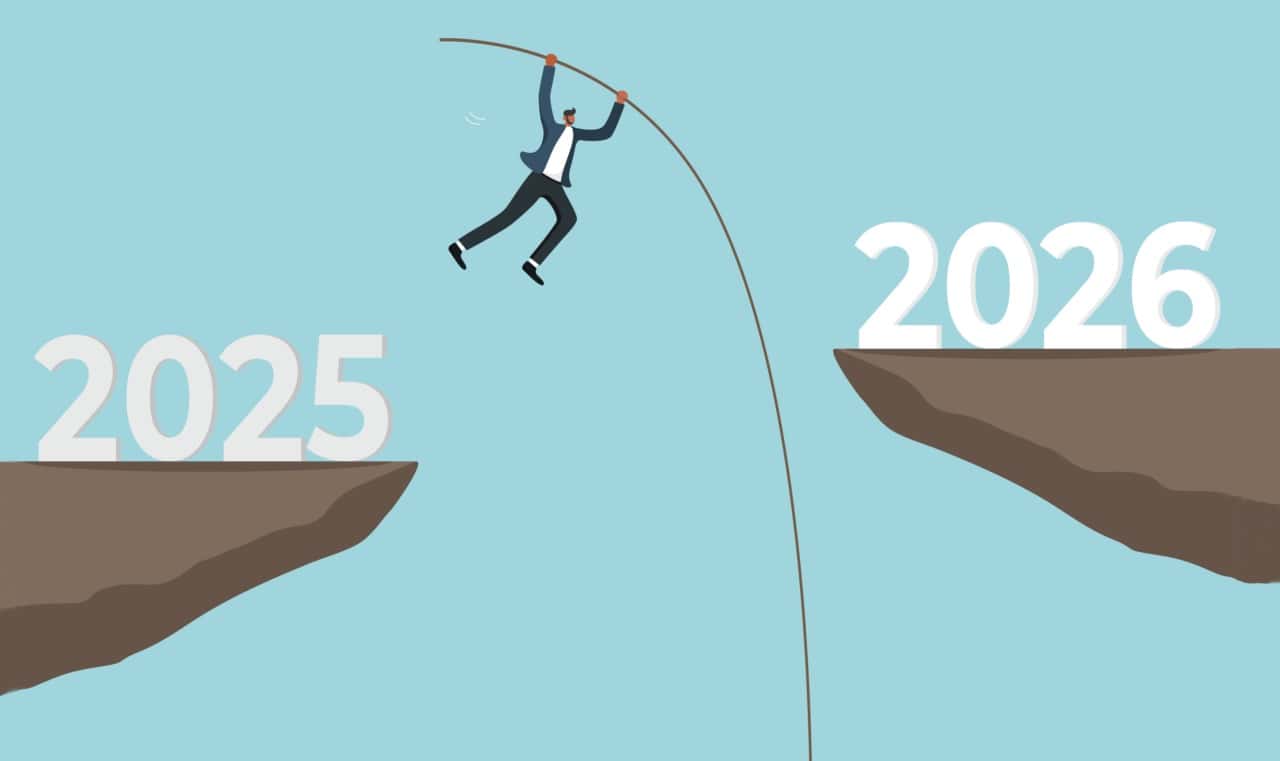
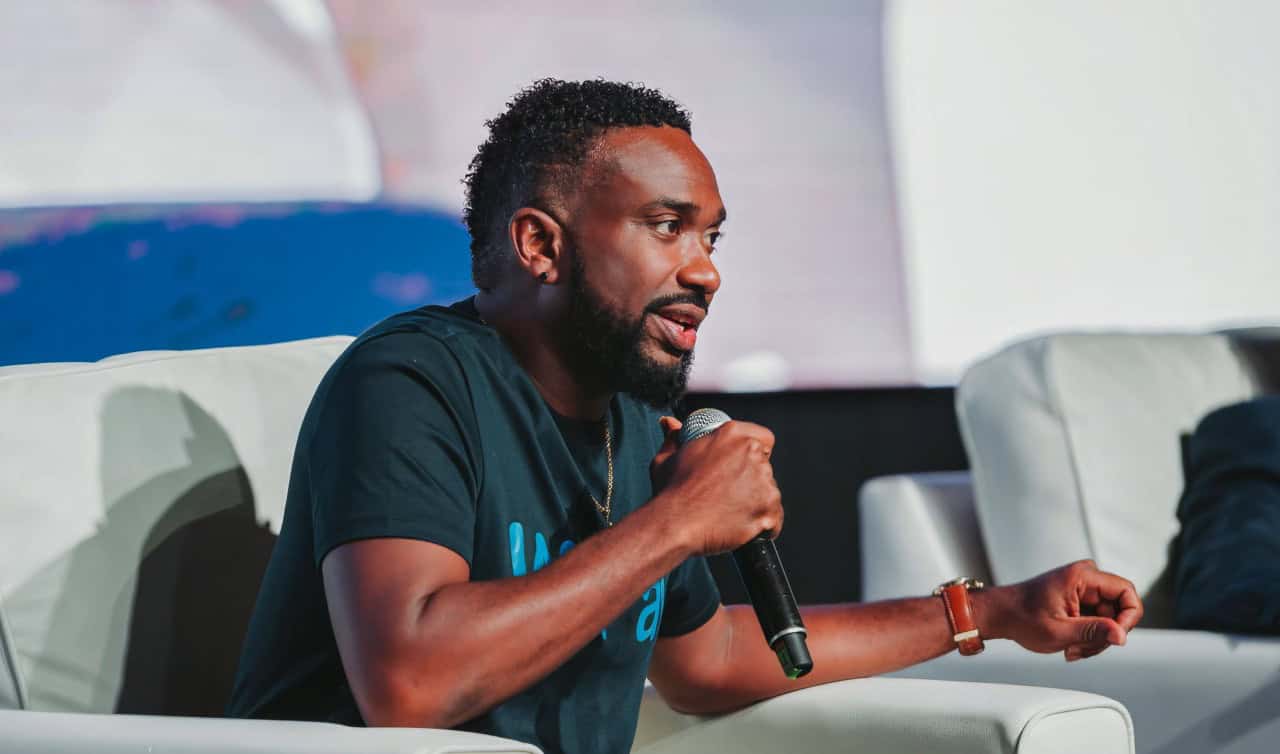

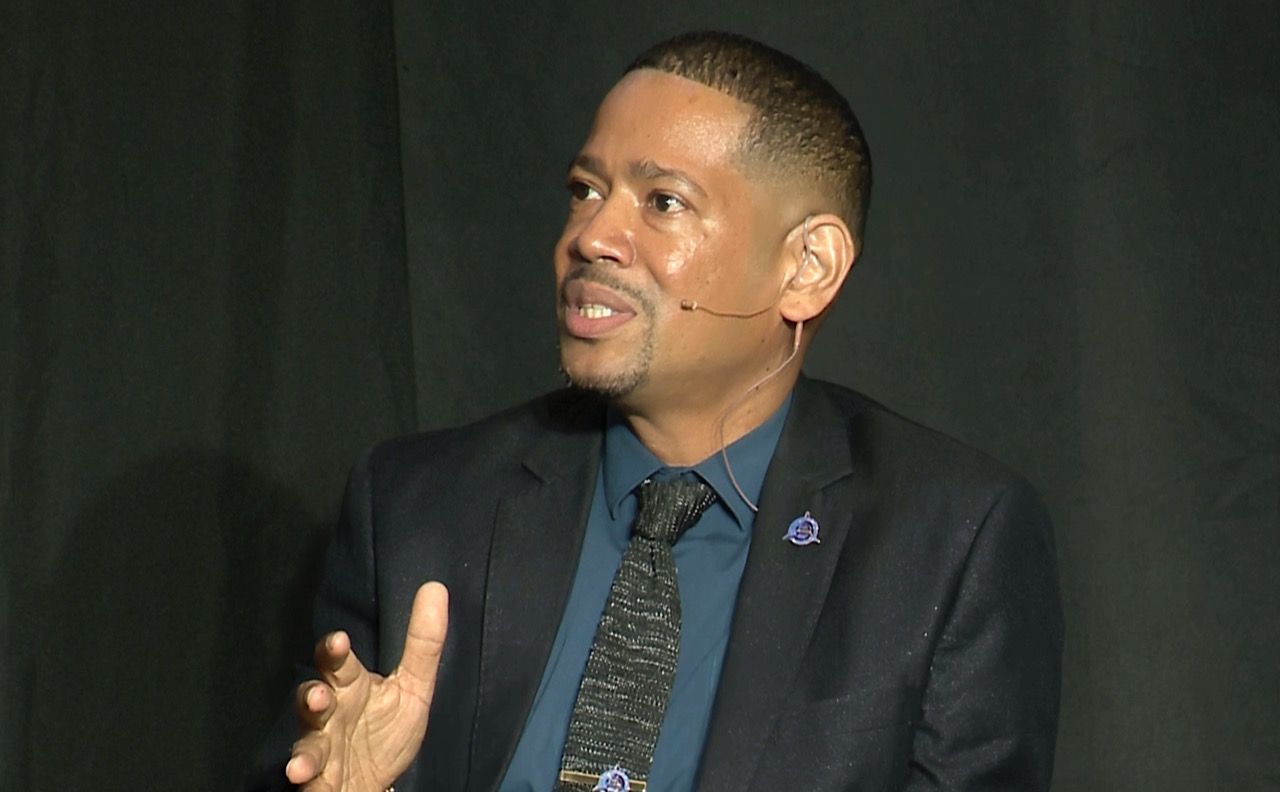
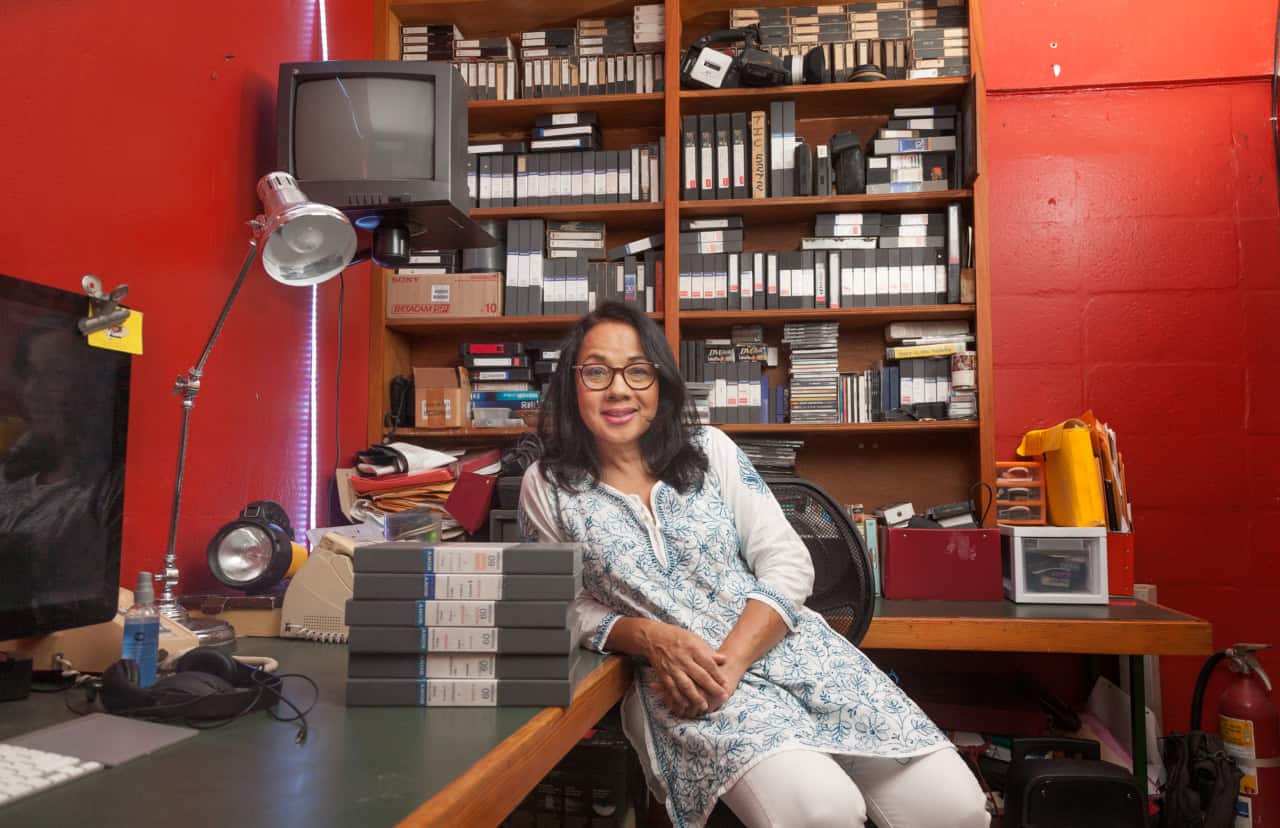
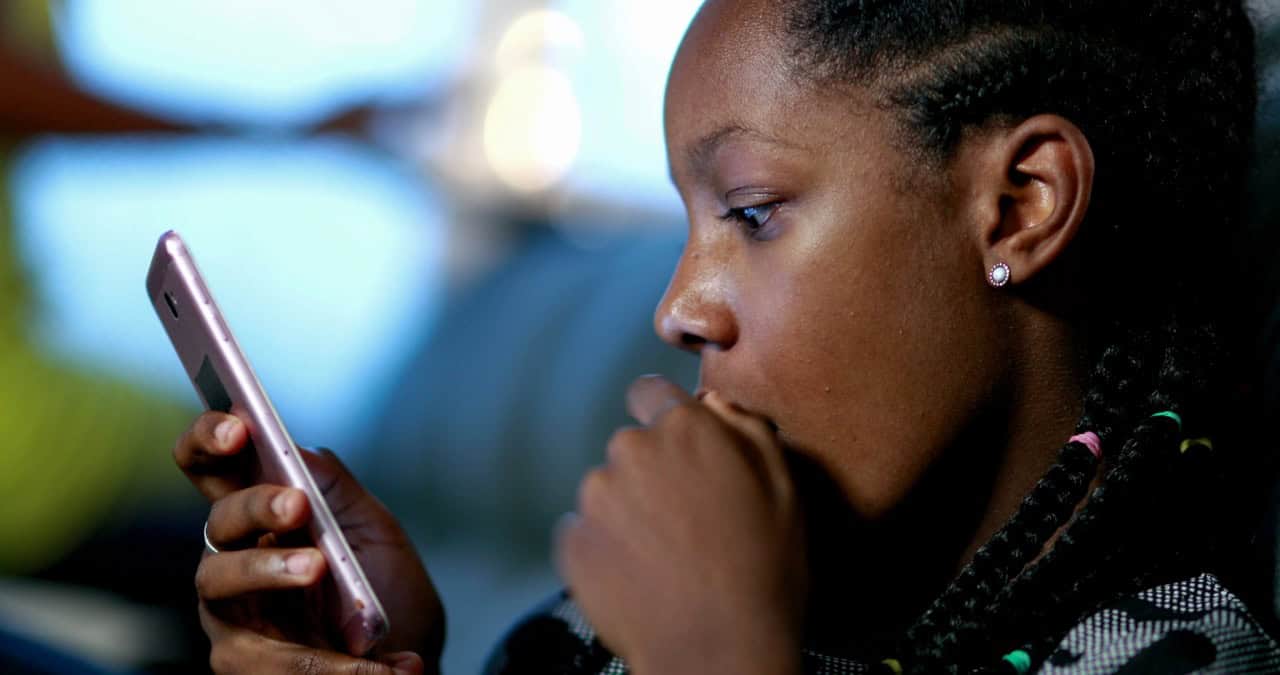
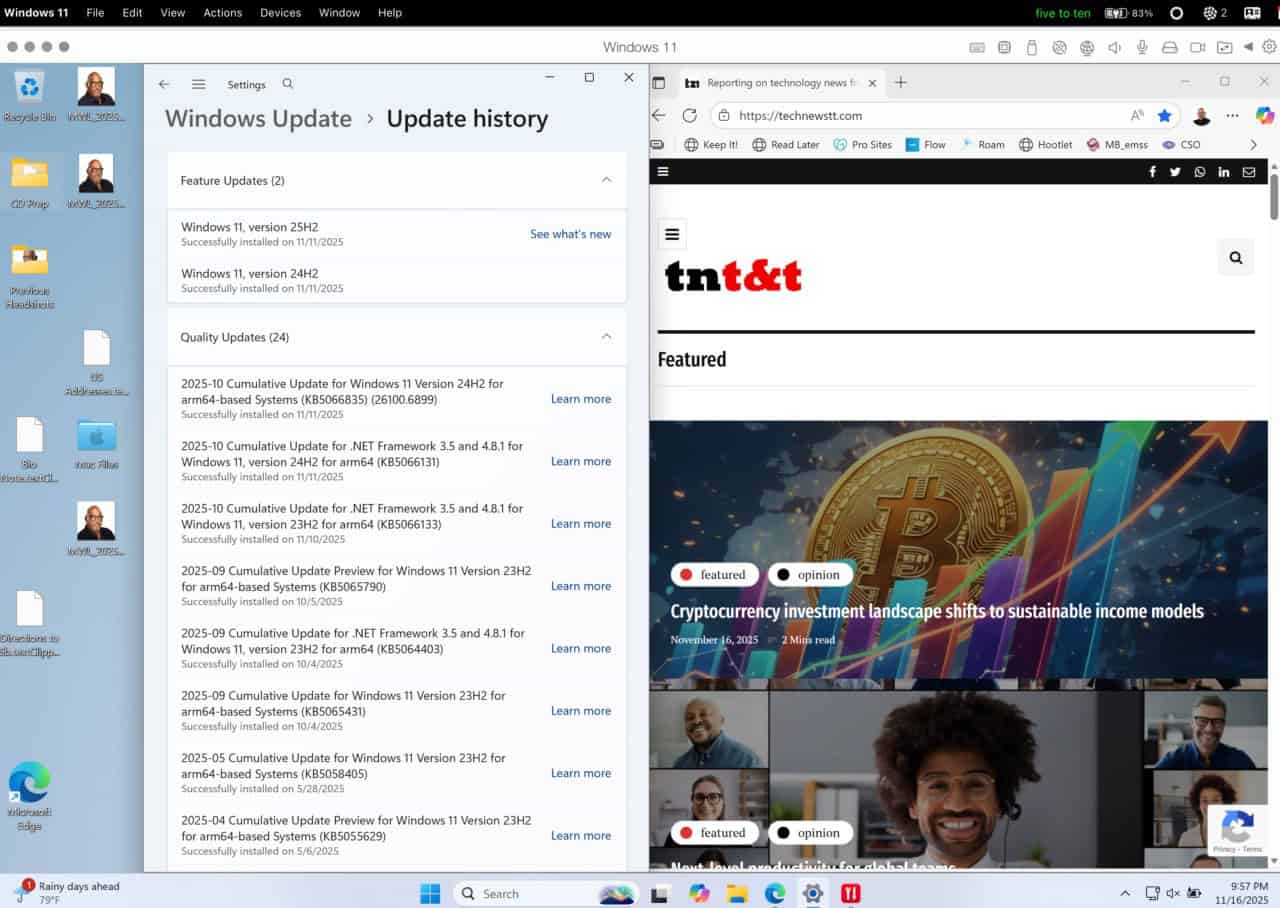
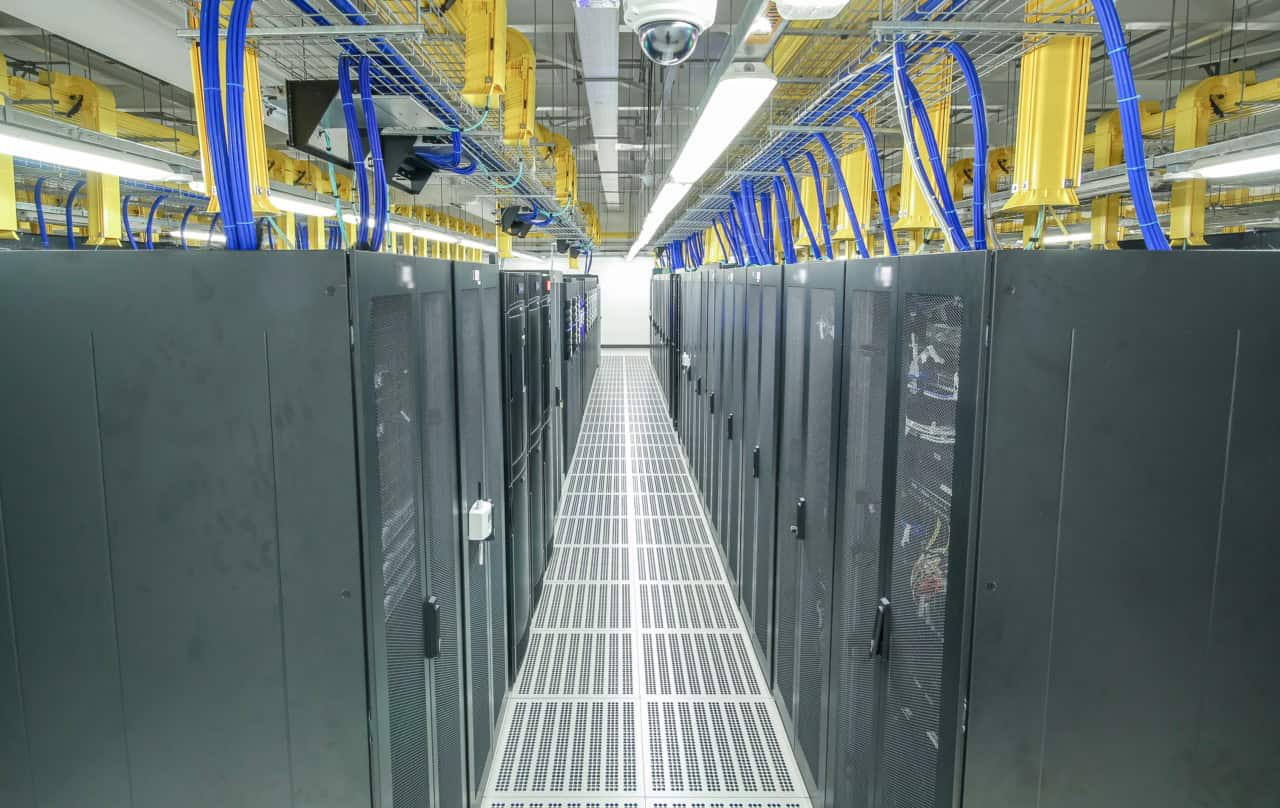



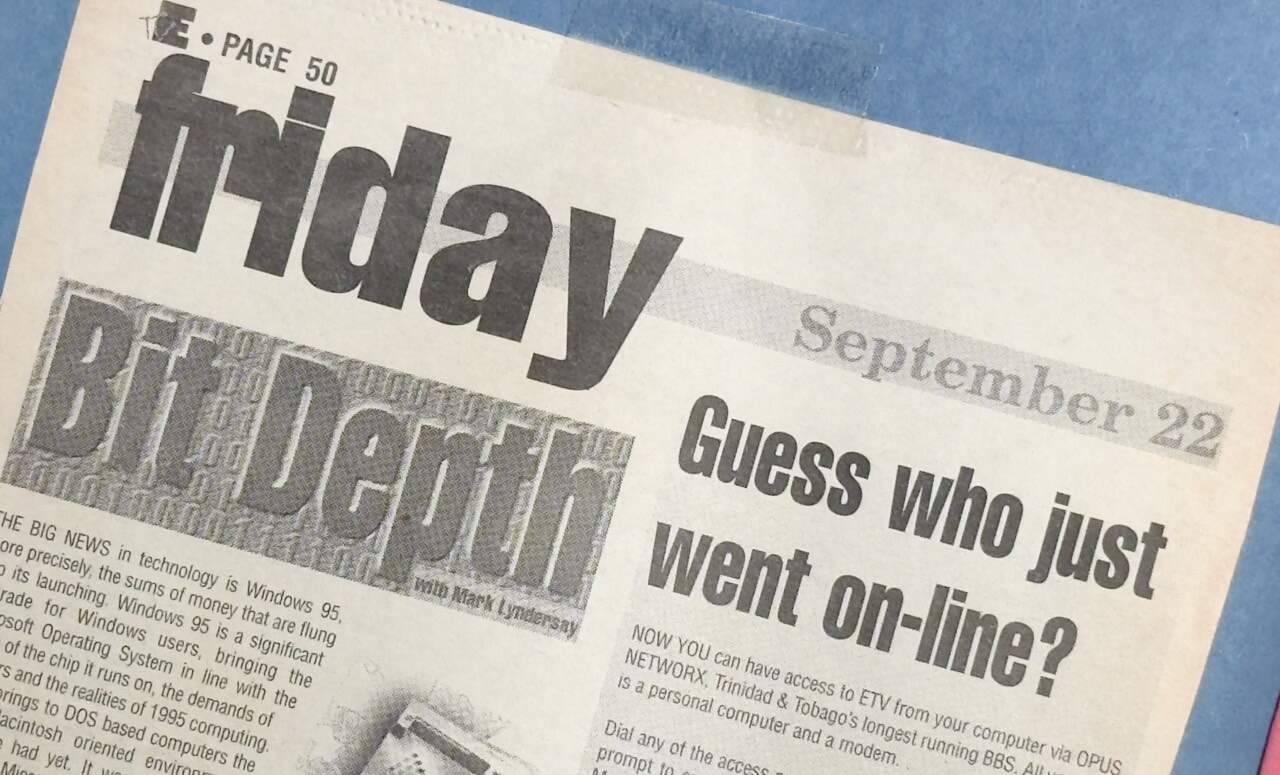
























I feel like we will be chasing our tail for a while on this one.
I can agree that journalism needs to re-invent itself in the face of multiple sources of “noise”.
The proposed process view could be one way to go but it sounds really heavy to implement practically. As guiding principles for an organization, OK, applied to every story .. a nice ideal.
Credibility will be key, because belief will trump knowledge every time!
Usually because knowledge is after the fact, if we can agree on those facts!
Belief will always provide answers while knowledge may still be gathering facts to arrive at a conclusion, which may not even be an “answer”!!
What is the difference between bias and a preference for one thing or one way over another?
Democratic process required that “someone”, until now journalists, feeds the population with news / information for that system to work… bias included.
Either that model has now run it’s course or ???